Should You Try Low-Dose Oral Minoxidil for Hair Restoration?
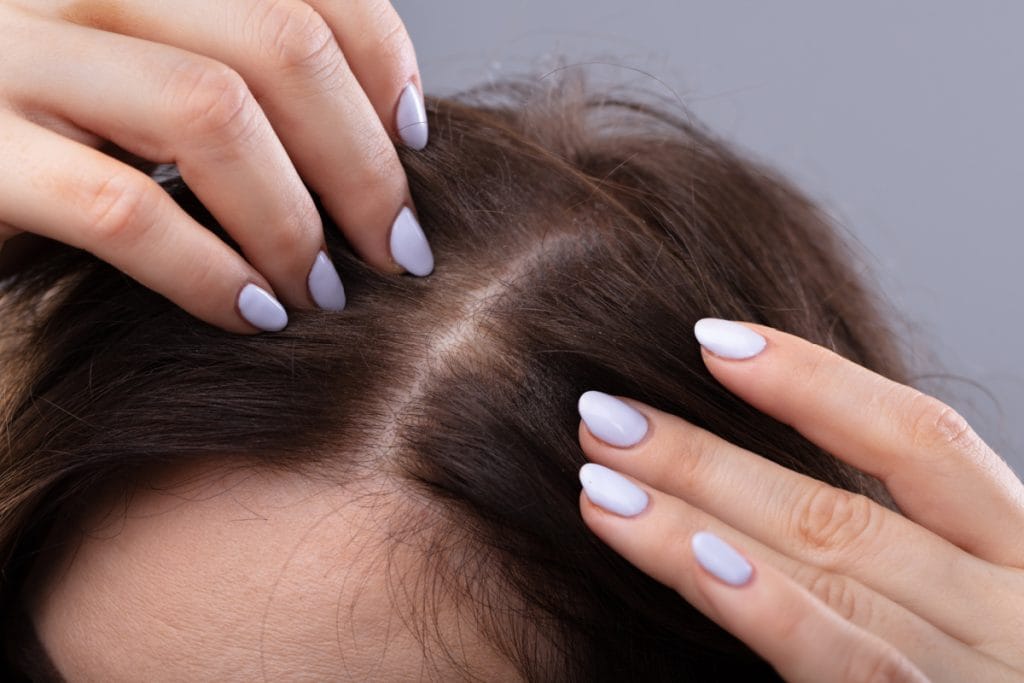
Hair loss affects millions worldwide, prompting ongoing innovation in hair restoration treatments. While topical minoxidil has long been the go-to to help regrow hair, a recent presentation offering survey data gathered from a group of hair restoration experts suggests that the oral tablet of Low-Dose Oral Minoxidil (LDOM) may offer an effective alternative.
This is an early-stage step in which physicians worked together to establish a preliminary safe dosage, but clinical guidelines, which are generally based on large-scale studies and study comparisons, have not yet been established. Until we have those, here is what you need to know if you are considering asking your doctor about low-dose oral minoxidil.
What is Low-Dose Oral Minoxidil?
LDOM is a lower-dose, oral tablet alternative to topical minoxidil (Rogaine). Much like the topical versions, LDOM promotes hair growth by increasing blood flow to hair follicles and is available by prescription only. (It was originally developed to treat high blood pressure, and one of the side effects was increased hair growth.)
LDOM vs. other oral medications
Oral minoxidil is formulated differently than other oral hair loss treatments (Propecia), which use a medication called finasteride to help prevent hair loss by blocking the hormone (DHT) that stops hair growth. Finasteride is only recommended for men and is associated with a long list of unwanted side effects including decreased libido and erectile dysfunction.
Both men and women can be prescribed low-dose oral minoxidil, with generally tolerable side effects. Common side effects include lightheadedness, weight gain, fast heartbeat, and chest pain.
Potential benefits of LDOM
Some people may find that a once-a-day oral tablet is more convenient than the twice-daily application of a foam or solution-based minoxidil. The consensus study noted that users of topical minoxidil often report challenges in styling their hair with the product, experience skin irritation, or forget to apply twice a day.
Further, the topical treatment may become less effective over time for some people, so switching to LDOM may reinvigorate their results.
Consensus study findings
Physicians emphasize LDOM’s potential efficacy in treating various forms of hair loss, including:
- Androgenetic alopecia – A hereditary form of hair loss that causes gradual thinning or receding hairlines in men and thinning in women, commonly known as male or female pattern baldness.
- Alopecia areata – An autoimmune condition where the immune system attacks hair follicles, causing patchy hair loss on the scalp and sometimes other areas of the body.
- Telogen effluvium – A temporary hair loss condition triggered by physical or emotional stress, illness, or hormonal changes that result in excessive shedding during the hair’s resting phase.
- Traction alopecia – Hair loss caused by prolonged tension or pulling on hair from tight hairstyles like ponytails, braids, or extensions, that can damage the hair follicles.
LDOM is recommended for adults and adolescents (12+ years) suffering from these forms of hair loss, especially when topical treatments fail or cause irritation.
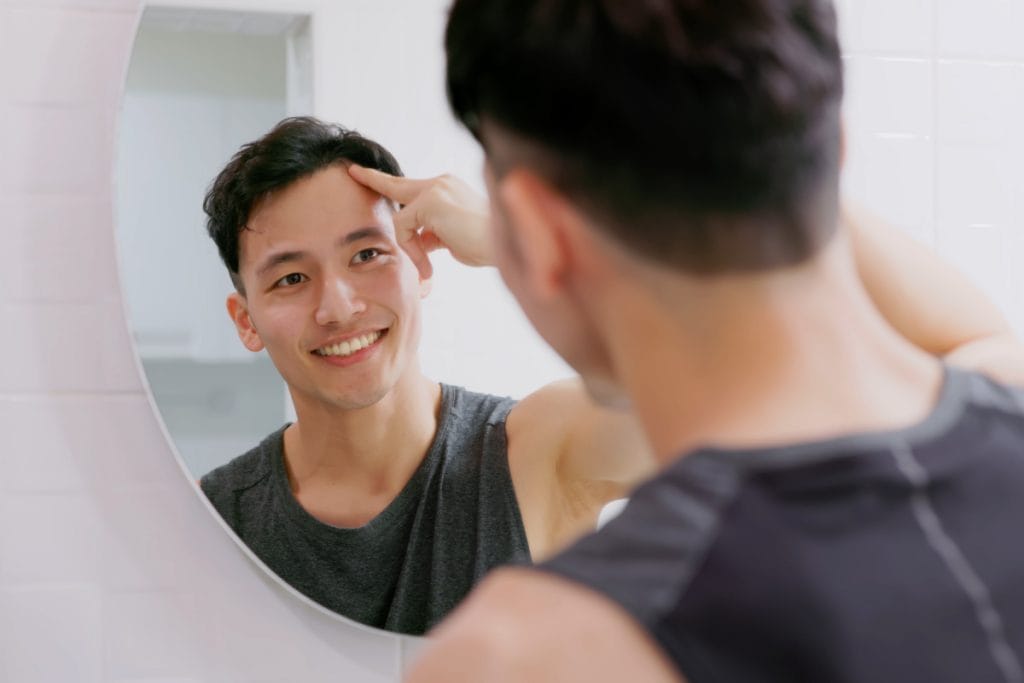
LDOM dosing guidelines
While ongoing research is likely to lead to altered dosing guidelines, the physicians behind the expert survey study currently recommend:
- For women: A starting dose of 1.25 mg/day and a dosing range of 0.625 mg to 5 mg daily.
- For men: A starting dose of 2.5 mg/day and a dosing range of 1.25 mg to 5 mg daily.
Regular monitoring while taking LDOM is crucial to managing side effects like hypertrichosis (when hair grows in excess outside of the desired area) or lower limb edema (swelling).
What’s next for LDOM?
While many experts are currently prescribing LDOM and studies show encouraging results, more comprehensive research will be absolutely essential for a clearer understanding of LDOM’s long-term benefits and optimal usage for hair loss, and perhaps more broadly for its additional value as a potent medication to regulate blood pressure.
Alternatives to LDOM for hair restoration: Follicular Unit Extraction (FUE)
At our Bellevue cosmetic surgery center, Dr. Sobel offers NeoGraft® hair transplantation, which uses the Follicular Unit Extraction (FUE) technique.
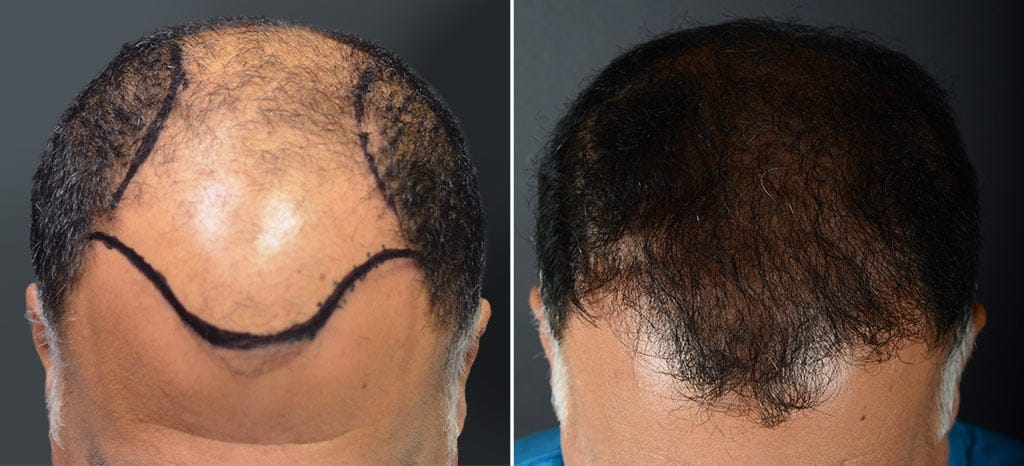
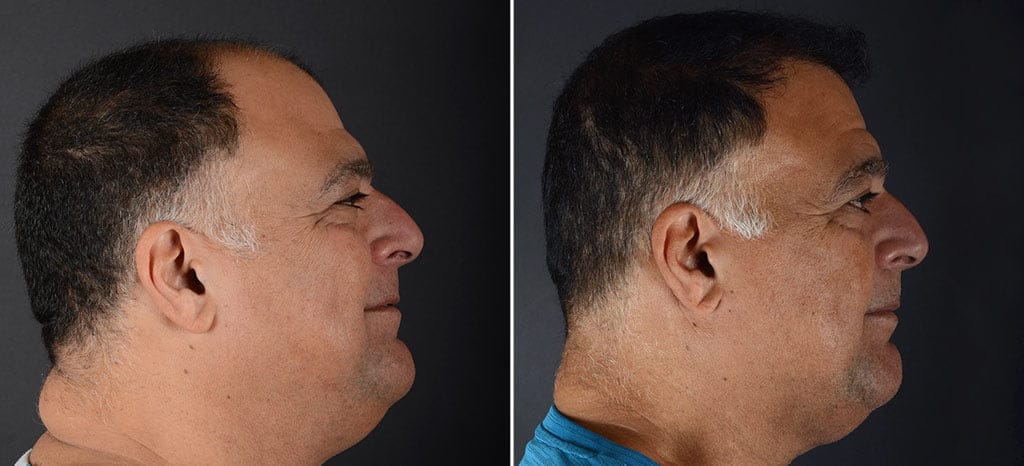
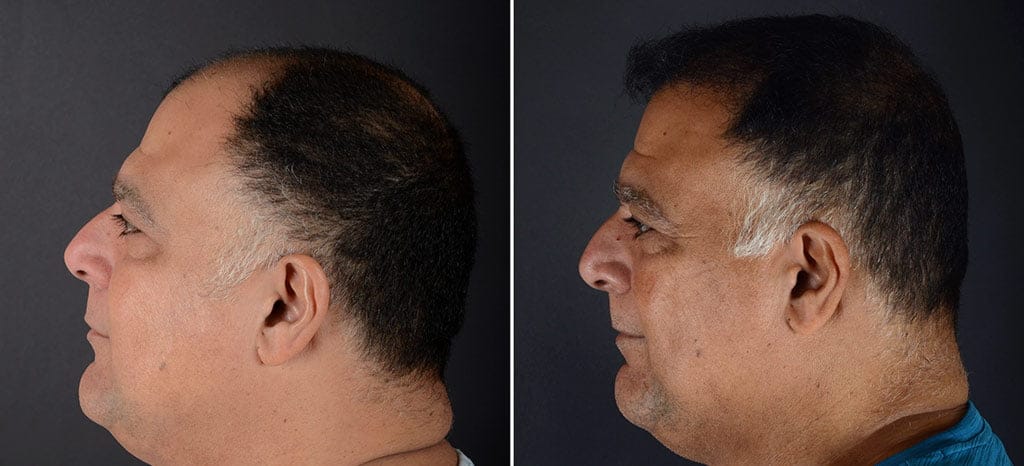
While LDOM may be a promising non-surgical option to enhance hair density and slow further hair loss, it has not been well-studied at this time. Follicular Unit Extraction (FUE) is the gold standard for restoring lost follicles. The two treatments combined will likely demonstrate synergistic results, as is seen with topical minoxidil and FUE, as this research becomes available in the future.
“I chose Dr. Sobel for his knowledge and professionalism. He is able to explain and make sure your are comfortable with your decision. He listens very well he has an amazing staff that makes you comfortable throughout the process. He delivers on his work and does not promise unrealistic expectations. I interviewed several cosmetic surgeons and chose Dr. Sobel based on his skills, communication and availability.”
Advantages of Follicular Unit Extraction (FUE)
Follicular Unit Extraction (FUE) methods like NeoGraft are considered permanent solutions to hair loss. Dr. Sobel gently extracts individual hair follicles from healthy areas of hair growth (you will not have any visible scarring, as no part of your scalp is removed) and strategically transplants them into thinning areas to restore fullness that follows your natural hair growth pattern. This is a completely personalized procedure—from how many follicles are harvested and transplanted to precise follicle placements to restore your natural hairline or fill in sparse or bare areas. There are generally no health side effects to NeoGraft hair transplants.
NeoGraft hair transplants in the Bellevue and Seattle areas
If you’re considering a personalized treatment plan for hair loss, schedule a consultation with Bellevue hair transplant surgeon Dr. Alex Sobel to explore the possibilities. Please call Anderson Sobel Cosmetic Surgery at 425-453-9060 or fill out our contact form for a virtual or in-office consultation.
